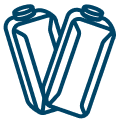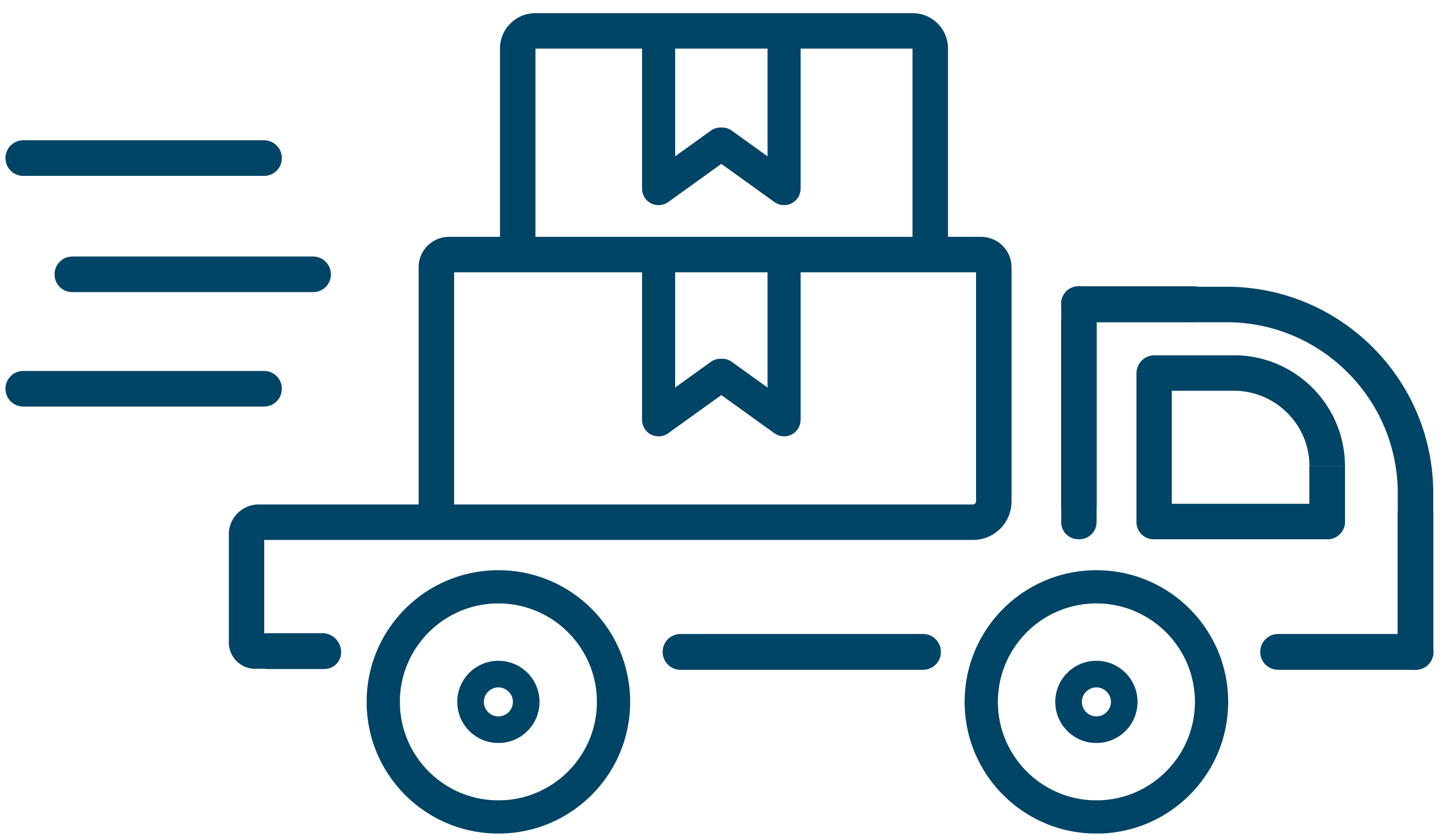4 Nutrition Tips for Your Cancer Treatment Journey


When you’re undergoing treatment for cancer, your body is working in overdrive to heal and recover. It’s understandable that food might be the last thing on your mind, but good nutrition is still necessary. Consuming essential nutrients, like vitamins, minerals, proteins, carbohydrates, fats, and water helps your body function properly.
Despite your best efforts, you may still struggle to meet your nutritional needs and may even experience malnutrition—but you’re not alone. Up to 70% of people with cancer are diagnosed with malnutrition at some point during their treatment. Malnutrition occurs when your body doesn’t get enough nutrients or can’t absorb the nutrients it needs. People with malnutrition may notice they are eating less or are experiencing loss of appetite, both of which can be associated with unintentional weight loss.
It’s common for some cancer patients to become nauseous or lose their appetite, and their tastes or eating patterns may change altogether. That’s why it’s helpful to have a pre-treatment nutrition plan in place that you develop with your oncologist and dietitian.
Your healthcare team will help you determine your nutrition goals during cancer therapy, including how many calories your body needs and which nutrients you may be lacking.
For this article, we consulted Melissa Budic, MS, RD, LDN, CNSC, Director, Medical Science Liaisons, to help set you up for success. Here are four things you can do to kickstart a conversation with your care team to support your cancer treatment journey.
1. Look into medical nutrition therapy.
Simply put, Budic says, medical nutrition therapy is the actual nutrition care process implemented by a dietitian during treatment. If you’re already in the hospital and being seen by doctors, it’s common for dietitians to help determine what your overall diet might look like and whether liquid nutrition products or tube feeding are necessary. Budic says most facilities even offer a multidisciplinary approach. This is where someone might see an oncologist, dietitian, and social worker all in one visit, and these professionals will work together to create a comprehensive care plan.
If you don’t see a dietitian during your initial oncology visits, ask your doctor about a nutrition consultation.
2. Increase your calorie intake.
For many people, one of the biggest battles is getting enough calories to support their body during treatment. You’re likely using more energy, which means there’s a higher chance of losing muscle mass and body weight.
To give yourself a head start, ask your dietitian or oncologist about potentially increasing your total calorie intake before treatment even begins. Keep in mind that the type of calories you’re consuming matters. Instead of consuming high-calorie, ultra-processed foods like cookies, chips, frozen meals, and sugary cereals, choose high-calorie foods filled with essential nutrients like vitamins and minerals, protein, and fiber.
3. Focus on whole foods.
It’s no secret that cancer treatment is hard on the body, so it’s common for people to wonder which foods they should eat to better prepare their bodies for treatment and help fight their disease. Unfortunately, there isn’t a clear answer. “There’s a lot of conflicting information on what sort of foods you should eat, what you should avoid, and what you should add,” Budic says.
In general, the rule of thumb is to limit red meat and ultra-processed foods in your diet and eat as many whole foods as possible, including fruits, vegetables, beans, nuts, seeds, and healthy fats. The Mediterranean diet is a good starting point for this. “It emphasizes whole foods, healthy grains, and limiting red meat and saturated fats,” Budic says. “All of these contribute to a nutrient-dense diet.”
Ask your doctor to for a list of whole foods you might want to incorporate into your diet.
4. Pump up the protein.
According to Budic, consuming enough calories and protein supports one’s ability to maintain weight and muscle mass and tolerate their treatment plan.
Your doctor and dietitian can help you determine exactly how much protein to aim for each day. There are many ways to add more protein to your diet from plant sources that help give your body access to a variety of nutrients. It’s also smart to have supplemental nutrition options on hand to help with your daily protein and calorie intake on those days when consuming solid food is a struggle.
In Summary
Choose a diet that includes high protein, whole grains, fiber, vitamins, and minerals. Work with your healthcare team, including your dietitian, to create a nutrition plan that works for your personal health and nutrition needs.
The content on this site (the “Content”) is provided for information purposes only. Kate Farms has attempted to include information it believes to be reliable and accurate as of the date of this Content. Kate Farms expressly disclaims and makes no representation or warranty of any kind, express or implied, as to the Content including the accuracy or completeness of the information in this Content. Kate Farms shall have no liability relating to or resulting from the use of this Content. The Content is not intended as a replacement for medical advice, approved practices or policies of a particular physician and/or healthcare facility standards of care, all of which you should consider when using this Content.
Explore Shakes & Formulas
Certified USDA Organic, Non-GMO Project Verified and made without common allergens.

Nutrition Shake Chocolate
4.7
$51.00
(Case of 12)

Standard 1.4 Vanilla
4.7
$72.00
(Case of 12)

Peptide 1.0 Vanilla
4.6
$112.00
(Case of 12)


Getting Kate Farms by Prescription
You or your loved one may be eligible to receive insurance coverage for Kate Farms products. You must have a prescription from their doctor. Here are some tips on how to get that process started.
Learn More
Talk to your doctor to get a prescription.

Find out what formula is right for you.
Send your prescription to a supplier.

Product is shipped to you.
References:
National Cancer Institute. Eating Hints: Before, During, and After Cancer Treatment. December 2022. Accessed September 7, 2024. https://www.cancer.gov/publications/patient-education/eatinghints.pdf
Nutrition in Cancer Care (PDQ®)–Patient Version. National Cancer Institute. Updated June 6, 2024. Accessed September 7, 2024. https://www.cancer.gov/about-cancer/treatment/side-effects/appetite-loss/nutrition-pdq





